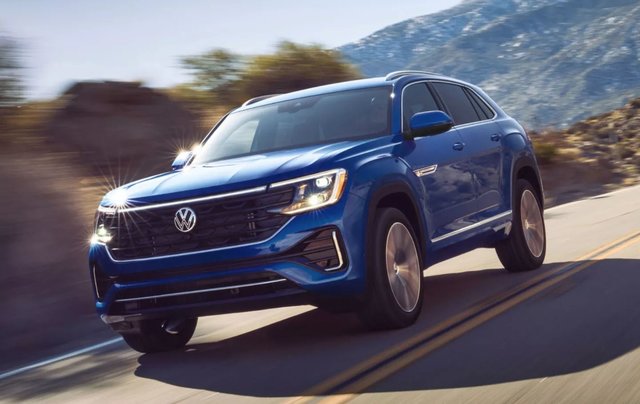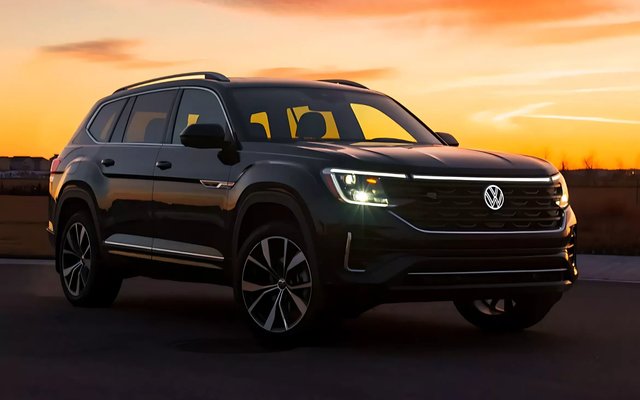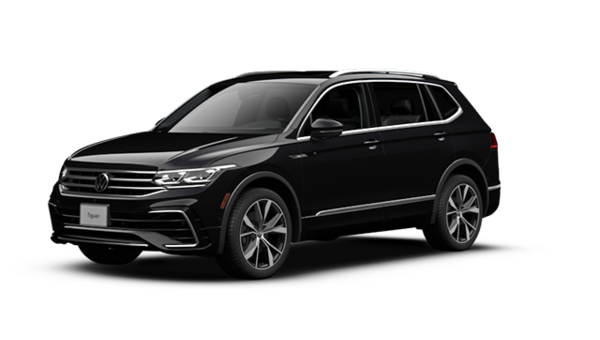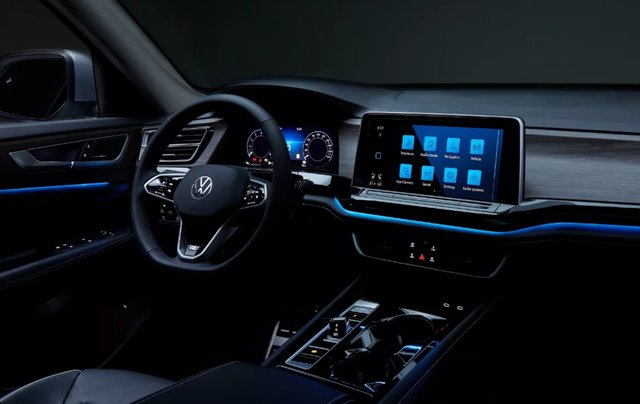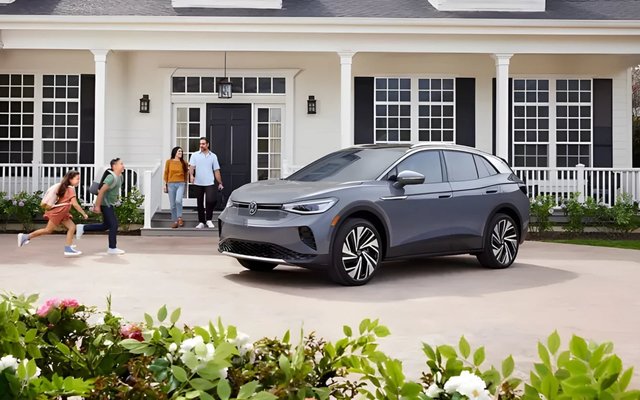Driving in Canada can mean anything from icy Ottawa mornings to rain-slick Vancouver commutes, and that’s why safety has become one of the most important factors for today’s drivers. The 2025 Volkswagen lineup brings forward advanced protection, clever driving assistance, and smart design that go well beyond the basics. From airbags and child safety systems to Volkswagen’s signature iQ.Drive technology, these features are crafted with Canadian roads in mind. Here’s a closer look at the innovations that set Volkswagen apart in 2025, explained through practical tips that help you understand what matters most for your daily drive.
iQ.Drive Makes Every Journey Smarter
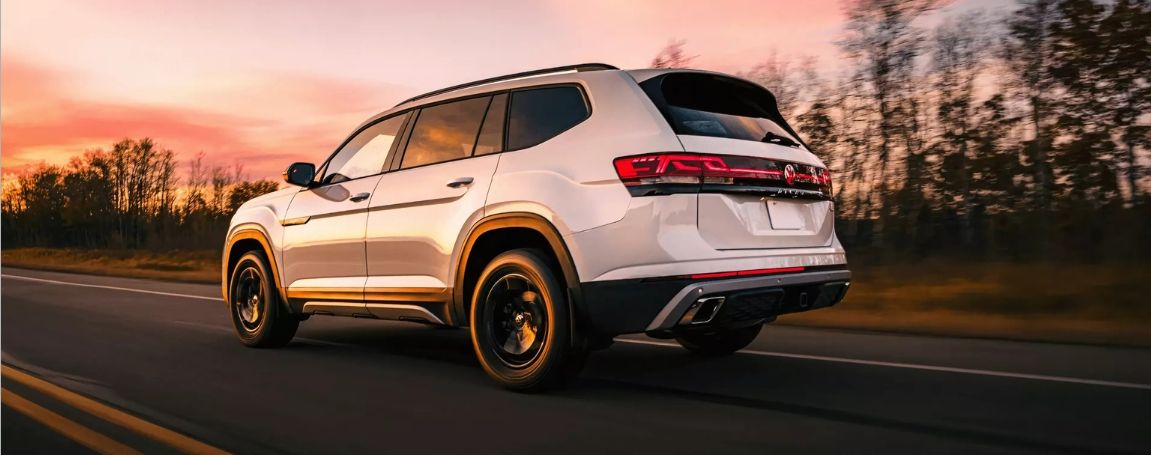
Volkswagen’s iQ.Drive suite blends radar, cameras, and sensors to provide assistance when it matters most. The highlight is Travel Assist, which works like a co-pilot by combining Adaptive Cruise Control and Lane Assist so your car can help maintain speed, distance, and lane position on long trips. In a Canadian context—say, navigating the 401 or Trans-Canada Highway—this means reduced fatigue and added peace of mind. Another critical feature is Emergency Assist, which takes control if the driver becomes unresponsive by slowing the vehicle safely and activating hazard lights. These functions aren’t gimmicks; they represent real, proactive steps toward reducing accidents on our diverse roadways.
Front Assist and Autonomous Braking Add Confidence
When traffic ahead suddenly stops or a cyclist crosses unexpectedly, seconds matter. Front Assist with Autonomous Emergency Braking scans the road for obstacles and reacts if you don’t. It first warns you with audible alerts and, if needed, applies braking pressure to help prevent or reduce a collision. On slick winter streets, where reaction times are often slowed by conditions, this system can act as your backup reflex. For pedestrians and cyclists especially, this technology offers a safety net that’s becoming essential in modern cities. In 2025, Volkswagen refined the system to be more responsive and accurate, adapting to Canadian driving realities where sudden stops are common.
Adaptive Cruise Control Simplifies Highway Driving
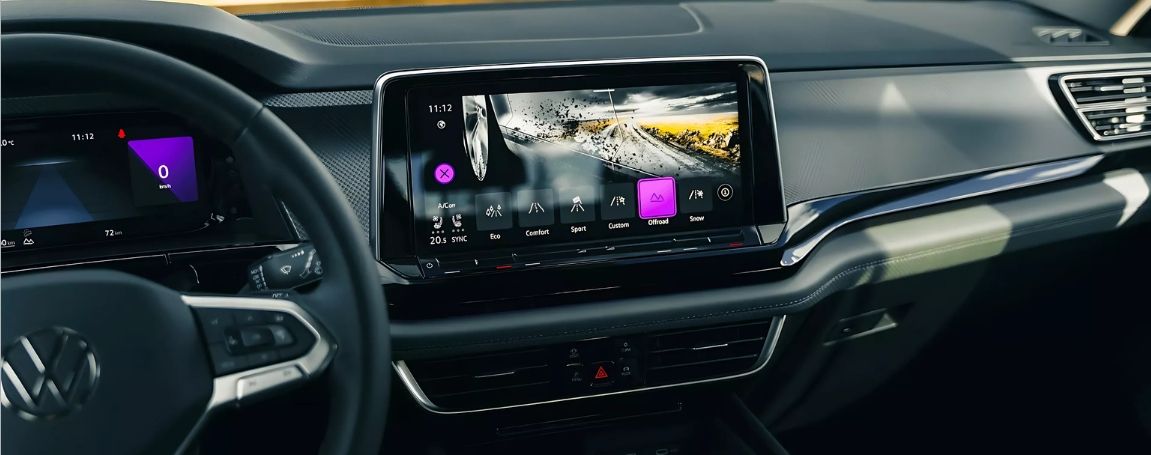
Canadian highways often mean long distances and unpredictable traffic flow, and that’s where Adaptive Cruise Control (ACC) becomes invaluable. Unlike traditional cruise control, ACC automatically adjusts your speed to maintain a safe distance from the car ahead, speeding back up when the road clears. On stretches like the drive from Toronto to Ottawa, this makes for a smoother, less stressful trip. ACC doesn’t just ease the physical strain of long drives; it also reduces the mental fatigue of constant speed adjustments, which can help keep you more alert for the unexpected. Pairing ACC with Travel Assist makes the experience even more effortless, creating a semi-automated drive that still leaves you firmly in control.
Lane Assist and Side Assist Keep You Centred
A quick glance away or fatigue after hours behind the wheel can cause lane drifting, but Volkswagen’s Lane Assist helps keep you centred. It monitors road markings and gives gentle steering input if your vehicle begins to veer without signalling. In Canada’s busy multi-lane highways or even narrow rural roads, this helps reduce unintentional departures that could lead to accidents. Alongside Lane Assist, Side Assist (blind-spot monitoring) uses radar to watch for vehicles approaching from behind, warning you with alerts on your mirror. Together, they make lane changes and highway merges less stressful, especially in heavy traffic or low-visibility conditions.
Emergency Lane Assist Enhances Stability
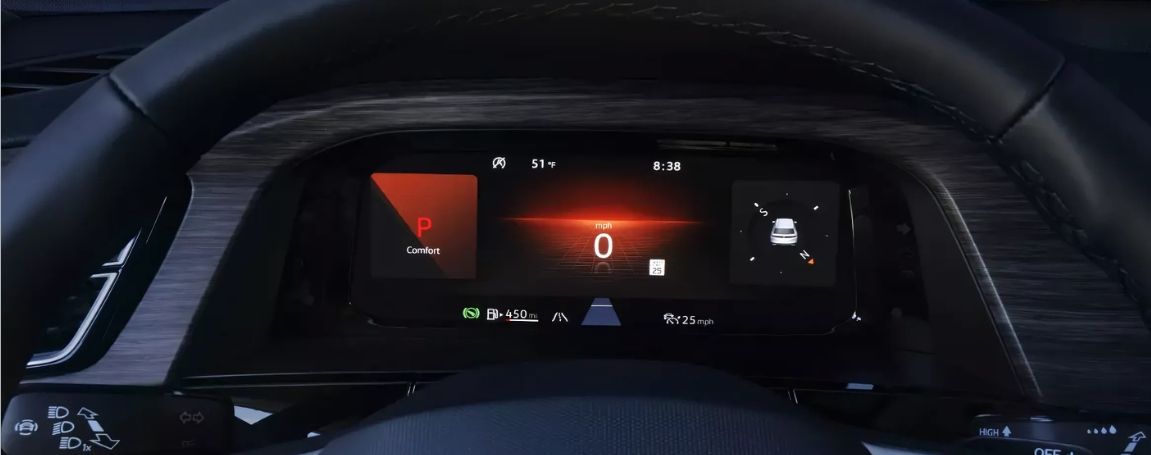
Sometimes emergencies require sudden manoeuvres, and that’s where Emergency Lane Assist provides an extra layer of stability. This system detects erratic lane behaviour, such as weaving caused by fatigue or medical issues, and steps in to correct it. If the driver fails to respond, the system can gently guide the vehicle to the shoulder and stop safely. It’s particularly relevant for Canadian drivers who may travel long distances in rural areas where fatigue is common. Knowing that the car can recognize irregular patterns and provide corrective action gives drivers and families an added layer of reassurance when facing long stretches of road.
Airbags That Protect Every Passenger
The backbone of vehicle safety remains the airbag system, and Volkswagen continues to refine this with up to ten airbags strategically placed throughout the cabin. These include front, side, curtain, and even driver’s knee airbags to maximize protection during a crash. For Canadians driving in conditions where black ice or wildlife encounters can cause sudden accidents, having a network of airbags ensures that every passenger has comprehensive protection. The system works hand in hand with reinforced crumple zones, meaning the force of a collision is absorbed and distributed to protect occupants. Airbags may seem like old technology, but Volkswagen’s 2025 models prove they’re as important as ever.
Child Safety Built Into Every Design
Families know that child safety is non-negotiable, and Volkswagen integrates features to make this seamless. LATCH anchors for car seats come standard across the lineup, ensuring secure installation without hassle. Rear door child locks, intelligent airbag deactivation for front seats, and easy-to-clean cabin surfaces all play a role in making family life safer and simpler. In practice, this means parents can buckle up quickly and trust that their child seats are anchored firmly every time. On long trips through Canadian provinces, where hours on the road are normal, this peace of mind makes a huge difference. Volkswagen’s focus on child safety shows their commitment goes beyond tech and into the basics of family protection.
Braking Systems That Inspire Trust
Braking technology is a key part of modern safety, and Volkswagen equips its 2025 models with enhancements designed for confidence in every condition. Electronic Stability Control (ESC) and Anti-lock Braking Systems (ABS) are paired with advanced traction control to ensure grip even on snowy or rainy roads. Features like Electronic Brake-force Distribution (EBD) and Brake Assist optimize stopping power depending on load and surface. For Canadians who drive through unpredictable winters, these braking systems ensure consistent performance, even when the weather throws its worst. The technology may feel invisible, but the peace of mind it delivers is undeniable.
Emergency Assist Prepares for the Unexpected
Emergencies aren’t planned, and that’s why Emergency Assist exists. This system monitors steering, braking, and driver attentiveness, stepping in if it senses unresponsiveness. It can slow the vehicle, activate hazard lights, and even call for help in some configurations. In Canada, where long rural drives or late-night commutes can lead to fatigue, this is more than just a convenience—it’s potentially life-saving. Volkswagen’s ability to combine human oversight with vehicle intelligence shows how safety is evolving. While drivers remain in control, knowing there’s a safeguard ready adds an extra layer of confidence every time you head out.
Discover the Volkswagen Safety Advantage at Myers Hunt Club Volkswagen
At the end of the day, seeing these features in action is the best way to understand their value. Visit Myers Hunt Club Volkswagen and explore our lineup of 2025 Volkswagen vehicles—available new, used, and certified. Our team in Ontario is ready to help you compare options, test features, and find the model that fits your family’s needs. Step into a Volkswagen designed for Canadian roads and experience safety that goes the extra mile.
